Home>Construction & Tools>Building Materials>What Is A Stucco Wall
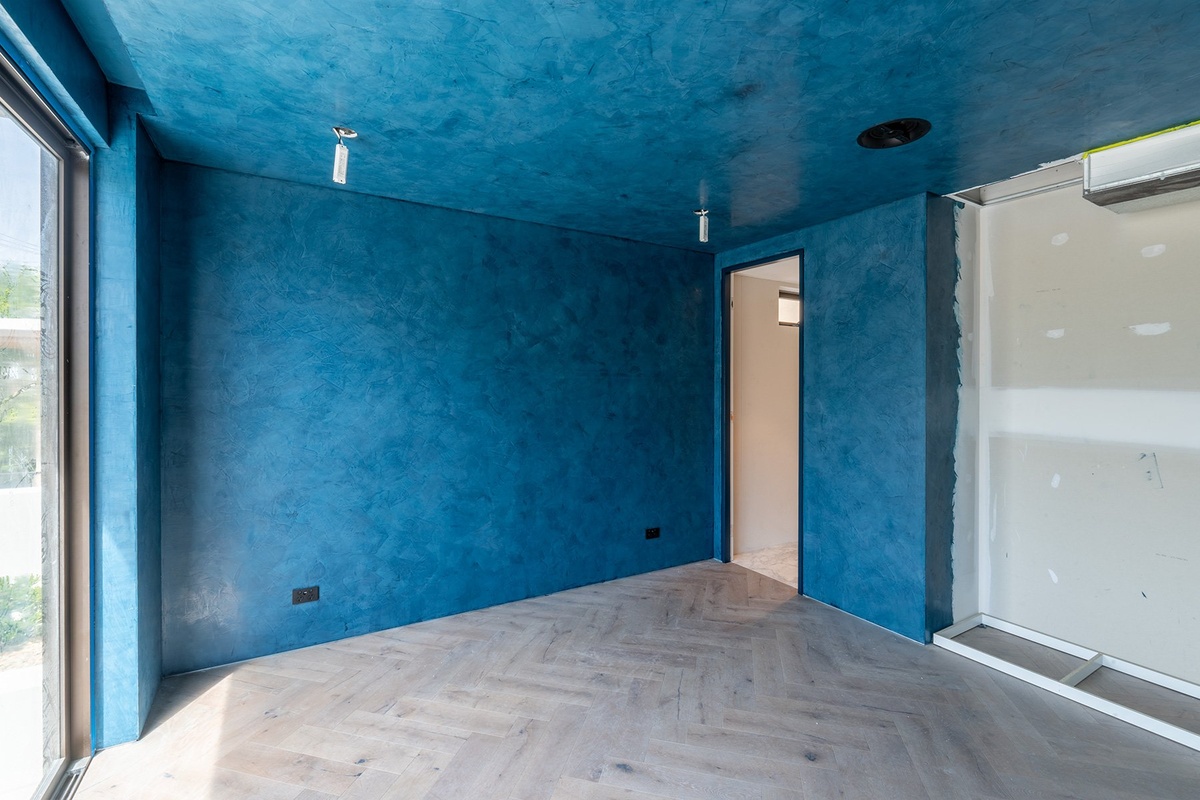

Building Materials
What Is A Stucco Wall
Modified: January 26, 2024
Learn about the benefits and uses of stucco walls as a durable and versatile building material. Discover how stucco can enhance your property's aesthetics and longevity.
(Many of the links in this article redirect to a specific reviewed product. Your purchase of these products through affiliate links helps to generate commission for Storables.com, at no extra cost. Learn more)
Introduction
Welcome to the world of stucco walls! Whether you're a homeowner, a builder, or an architecture enthusiast, understanding the ins and outs of stucco can add a fascinating dimension to your knowledge of construction materials. In this article, we'll delve into the essence of stucco walls, exploring their composition, historical significance, various types, benefits, drawbacks, and maintenance essentials. By the end of this journey, you'll have a comprehensive understanding of what stucco walls are and how they can contribute to the beauty and durability of a structure.
Stucco walls have been a staple in the construction industry for centuries, gracing the facades of homes, commercial buildings, and even ancient architectural wonders. The timeless appeal of stucco lies in its versatility, offering a blend of aesthetic charm and practical functionality. As we embark on this exploration, you'll gain insights into the evolution of stucco, the diverse forms it takes, and the ways in which it enhances the structural integrity of buildings.
So, fasten your seatbelts as we embark on an enlightening journey through the realm of stucco walls. Whether you're considering stucco for your next project, seeking to understand its historical significance, or simply intrigued by the world of construction materials, this article is your gateway to unlocking the secrets of stucco and its enduring allure. Let's dive in and unravel the mysteries of this remarkable building material!
Key Takeaways:
- Stucco walls are durable, weather-resistant, and offer design flexibility, making them a timeless and versatile cladding material for buildings of diverse architectural styles.
- While stucco walls require periodic maintenance and may be prone to cracking, their enduring appeal lies in their ability to provide long-lasting protection and aesthetic charm to structures.
Read more: How To Do A Stucco Wall
What is Stucco?
Stucco, a versatile and time-honored building material, is a cement-based plaster that is commonly used for exterior and interior wall surfaces. It is renowned for its exceptional durability, weather resistance, and aesthetic appeal. The composition of stucco typically includes cement, sand, lime, and water, creating a robust and visually appealing finish for buildings.
One of the defining characteristics of stucco is its adaptability, as it can be applied to various substrates such as masonry, concrete, wood, and metal lath. This flexibility makes stucco a preferred choice for architects and builders seeking a reliable and visually striking cladding material for structures of diverse architectural styles.
When properly applied, stucco forms a seamless, solid surface that effectively shields buildings from the elements, including rain, wind, and sunlight. Its ability to withstand harsh weather conditions while maintaining its structural integrity makes it a popular choice for exterior walls in both residential and commercial construction.
Furthermore, stucco offers a canvas for creativity, as it can be textured and tinted to achieve a wide range of visual effects. Whether a smooth, sleek finish is desired or a more textured and rustic appearance is preferred, stucco can be tailored to meet the aesthetic vision of architects and homeowners alike.
From Mediterranean villas to modern urban structures, stucco has proven to be a timeless and adaptable building material, adding character, charm, and longevity to a diverse array of architectural designs. Its ability to seamlessly blend with various architectural styles while offering robust protection against the elements underscores its enduring appeal in the realm of construction.
As we continue our exploration of stucco, we'll delve into its rich historical significance, the diverse types available, and the compelling benefits it offers to buildings and their occupants. Join us as we unravel the captivating story of stucco and its profound impact on the world of construction and architecture.
History of Stucco
The history of stucco traces back to ancient civilizations, where it emerged as a fundamental building material renowned for its durability and decorative potential. The earliest known application of stucco dates back to ancient Mesopotamia and Egypt, where it adorned the walls of temples, palaces, and tombs, showcasing intricate designs and vibrant pigments that have stood the test of time.
Throughout the Mediterranean region, stucco found its place in the architectural wonders of ancient Greece and Rome, adorning iconic structures such as the Parthenon and the Colosseum. Its versatility and aesthetic appeal made it a favored medium for embellishing monumental edifices, reflecting the grandeur and sophistication of these ancient civilizations.
During the Renaissance period, stucco experienced a resurgence in popularity, adorning the palaces and cathedrals of Europe with ornate moldings, friezes, and decorative motifs. The intricate craftsmanship and artistic expression achieved through stucco embellishments became synonymous with the opulence and elegance of the era, leaving an indelible mark on the architectural landscape of the time.
As stucco transcended continents and cultures, it became an integral part of Spanish colonial architecture in the Americas, where it adorned the facades of mission churches, haciendas, and government buildings. The enduring legacy of stucco in the Americas is a testament to its resilience and adaptability, as it seamlessly integrated with diverse architectural styles, climates, and landscapes.
Today, stucco continues to leave its mark on contemporary architecture, gracing the exteriors of homes, commercial buildings, and public structures with its timeless allure. Modern advancements in stucco formulations and application techniques have further enhanced its durability, weather resistance, and design possibilities, ensuring that it remains a cornerstone of architectural expression and structural protection.
As we reflect on the historical journey of stucco, from ancient civilizations to the present day, we gain a profound appreciation for its enduring legacy and transformative impact on the built environment. The evolution of stucco stands as a testament to its enduring relevance, cementing its status as a revered building material that seamlessly unites aesthetics, durability, and cultural heritage.
Types of Stucco
Stucco, a remarkably versatile building material, is available in various types, each tailored to specific applications, aesthetic preferences, and environmental considerations. Understanding the diverse types of stucco is essential for architects, builders, and homeowners seeking to harness the full potential of this timeless cladding material. Let’s explore some of the prominent types of stucco and their unique characteristics:
- Traditional Stucco: Also known as Portland cement plaster, traditional stucco consists of Portland cement, sand, lime, and water. This classic formulation provides exceptional durability and weather resistance, making it a popular choice for exterior applications. Traditional stucco can be textured and tinted to achieve a wide range of finishes, from smooth and sleek to textured and rustic, catering to diverse architectural styles and design preferences.
- Acrylic Stucco: Acrylic stucco, also referred to as synthetic stucco, incorporates acrylic resins into the traditional stucco mixture, enhancing flexibility and impact resistance. This type of stucco offers improved crack resistance and color retention, making it an attractive option for regions prone to temperature fluctuations and seismic activity. Acrylic stucco is available in a spectrum of colors and can be applied with various textures, providing architects and homeowners with ample design possibilities.
- Exterior Insulation and Finish System (EIFS): EIFS is a multi-layered stucco system that includes insulation board, a base coat, a reinforced mesh, and a finish coat. This type of stucco offers superior thermal insulation properties, contributing to energy efficiency in buildings. EIFS can emulate a wide range of architectural finishes, including stucco, stone, and brick, providing a versatile and visually appealing cladding solution.
- Colored Stucco: Colored stucco is formulated with integral pigments, allowing for consistent color throughout the stucco layer. This type of stucco eliminates the need for painting, offering long-lasting vibrancy and aesthetic appeal. Colored stucco provides architects and homeowners with a palette of hues to complement various design schemes and architectural styles.
Each type of stucco presents distinct advantages and considerations, catering to the specific requirements and creative visions of architectural projects. Whether seeking traditional elegance, modern resilience, energy efficiency, or vibrant color options, the array of stucco types empowers stakeholders in the construction and design industry to achieve their desired aesthetic and functional outcomes.
As we continue our exploration of stucco, we’ll delve into the compelling benefits it offers to buildings and the individuals who inhabit them. Join us as we uncover the remarkable advantages of incorporating stucco into architectural endeavors, enriching the built environment with enduring beauty and performance.
Stucco walls are made of a mixture of cement, sand, and water, and are often used for exterior surfaces. To maintain a stucco wall, regularly inspect for cracks and apply a fresh coat of stucco as needed to prevent water damage.
Benefits of Stucco Walls
Stucco walls offer a plethora of compelling benefits, making them a preferred choice for architects, builders, and homeowners seeking a durable, aesthetically pleasing, and low-maintenance cladding material. From weather resistance to design versatility, the advantages of stucco walls contribute to their enduring appeal in the realm of construction and architecture. Let’s explore the remarkable benefits that stucco walls bring to buildings and their occupants:
- Durability: Stucco walls are renowned for their exceptional durability, capable of withstanding the rigors of diverse climates and environmental conditions. The robust composition of stucco, typically comprising cement, sand, and lime, forms a resilient exterior surface that shields buildings from moisture, impact, and the passage of time.
- Weather Resistance: Stucco walls provide reliable protection against the elements, including rain, wind, and sunlight. Their seamless application and solid composition create a barrier that safeguards buildings from moisture infiltration, ensuring the longevity and structural integrity of the underlying substrate.
- Design Versatility: Stucco walls offer a canvas for architectural creativity, as they can be textured, shaped, and tinted to achieve a diverse array of visual effects. Whether a smooth, sleek finish is desired or a more textured and rustic appearance is preferred, stucco can be tailored to complement the design vision of residential, commercial, and institutional structures.
- Energy Efficiency: Stucco walls contribute to the energy efficiency of buildings by providing thermal mass, which helps regulate indoor temperatures and reduce heating and cooling demands. Additionally, exterior insulation and finish systems (EIFS) offer superior insulation properties, enhancing the overall energy performance of structures.
- Low Maintenance: Stucco walls are relatively low maintenance, requiring periodic cleaning and minor repairs to uphold their appearance and protective properties. With proper care, stucco walls can retain their aesthetic appeal and structural integrity for decades, offering long-term value to property owners.
These benefits underscore the enduring allure of stucco walls as a versatile, resilient, and visually captivating cladding material. Whether adorning the exteriors of homes, commercial buildings, or public structures, stucco walls stand as a testament to the harmonious fusion of durability, design flexibility, and environmental performance. As we continue our exploration, we’ll delve into the considerations and maintenance essentials for stucco walls, empowering stakeholders with the knowledge to preserve and enhance the enduring beauty and functionality of this timeless building material.
Read more: How To Stucco Concrete Walls
Drawbacks of Stucco Walls
While stucco walls offer a host of advantages, it’s important to acknowledge the potential drawbacks associated with this popular cladding material. Understanding the limitations and considerations of stucco walls is essential for architects, builders, and homeowners to make informed decisions regarding their use in construction and renovation projects. Let’s explore some of the notable drawbacks of stucco walls:
- Potential for Cracking: Stucco walls may develop hairline cracks over time, particularly in regions prone to seismic activity or temperature fluctuations. While proper installation and maintenance can mitigate this issue, it’s important to address any cracks promptly to prevent moisture infiltration and structural compromise.
- Maintenance Requirements: Stucco walls require periodic maintenance, including cleaning, inspections for cracks or damage, and potential reapplication of protective coatings. Without proper care, stucco walls may exhibit signs of wear and weathering, necessitating timely intervention to preserve their appearance and performance.
- Moisture Retention: Improperly installed or damaged stucco walls may retain moisture, leading to potential issues such as mold growth, efflorescence, or degradation of the underlying substrate. Adequate moisture management and maintenance are crucial to prevent these concerns and uphold the longevity of stucco walls.
- Design Limitations: While stucco offers design versatility, certain architectural styles and aesthetic preferences may call for alternative cladding materials. The texture, color, and application techniques of stucco may not align with the vision of every architectural project, prompting stakeholders to explore alternative options for achieving their desired aesthetic outcomes.
- Installation Complexity: Proper installation of stucco walls requires skill and attention to detail to ensure a seamless, durable finish. Inadequate installation practices can lead to performance issues and aesthetic shortcomings, emphasizing the importance of engaging experienced professionals for stucco application and maintenance.
By acknowledging these drawbacks and considerations, stakeholders in the construction and design industry can approach the use of stucco walls with informed perspectives, leveraging its strengths while proactively addressing potential challenges. As we delve into the maintenance essentials for stucco walls, we’ll explore strategies to mitigate these drawbacks and uphold the enduring beauty and functionality of this time-honored cladding material.
How to Maintain Stucco Walls
Maintaining stucco walls is essential to preserve their aesthetic appeal, structural integrity, and weather resistance over time. By adhering to proactive maintenance practices, homeowners, building managers, and contractors can ensure that stucco walls remain a durable and visually captivating cladding material for years to come. Let’s explore the key maintenance essentials for stucco walls:
- Regular Cleaning: Periodic cleaning of stucco walls is crucial to remove dirt, debris, and environmental pollutants that can detract from their appearance. Utilizing a gentle detergent, soft brush, and low-pressure water, homeowners can effectively clean stucco surfaces without causing damage or discoloration.
- Inspection for Cracks and Damage: Conducting routine inspections of stucco walls allows for early detection of cracks, chips, or areas of deterioration. Addressing these issues promptly can prevent moisture infiltration and structural compromise, preserving the integrity of the stucco cladding.
- Repairing Cracks and Blemishes: Small cracks and blemishes in stucco can be repaired using specialized patching compounds and sealants. By filling in these imperfections and ensuring a seamless finish, homeowners can prevent further damage and maintain the visual appeal of their stucco walls.
- Applying Protective Coatings: Depending on the climate and environmental factors, applying protective coatings to stucco walls can enhance their resistance to moisture, UV exposure, and general wear. These coatings provide an additional layer of defense, prolonging the lifespan of the stucco and reducing the frequency of maintenance requirements.
- Managing Landscaping and Irrigation: Proper landscaping and irrigation practices can prevent water from pooling around the base of stucco walls, minimizing the risk of moisture infiltration. Ensuring adequate drainage and maintaining a suitable distance between landscaping features and stucco surfaces contribute to the long-term preservation of the cladding material.
By integrating these maintenance practices into their routine care regimen, property owners can safeguard the beauty and functionality of stucco walls, maximizing their longevity and performance. Additionally, consulting with experienced stucco contractors and building professionals can provide valuable insights and guidance on tailored maintenance strategies to suit specific environmental conditions and architectural contexts.
As we conclude our exploration of stucco walls, we’ve unveiled the captivating story of this enduring building material, from its historical significance to its diverse types, benefits, drawbacks, and maintenance essentials. Armed with this comprehensive knowledge, stakeholders in the construction and design industry are empowered to leverage the strengths of stucco walls while proactively addressing potential challenges, ensuring that this timeless cladding material continues to enrich the built environment with its enduring beauty and resilience.
Conclusion
In the realm of construction and architecture, stucco walls stand as a testament to the timeless union of durability, aesthetic versatility, and enduring allure. From ancient civilizations to modern architectural marvels, the legacy of stucco has transcended centuries, leaving an indelible mark on the built environment. As we conclude our exploration of stucco walls, we reflect on the profound insights and captivating journey that has unveiled the essence of this remarkable building material.
Stucco, with its composition of cement, sand, lime, and water, embodies resilience and adaptability, offering a robust exterior cladding solution for a diverse array of architectural styles and environmental conditions. Its ability to withstand the elements, provide thermal mass, and serve as a canvas for design creativity underscores its indispensable role in the construction industry.
Furthermore, the historical significance of stucco, from ancient civilizations to the present day, showcases its enduring relevance and transformative impact on architectural expression and cultural heritage. The evolution of stucco stands as a testament to its capacity to harmonize tradition and innovation, offering a bridge between the past and the future of construction and design.
As architects, builders, and homeowners continue to embrace the beauty and functionality of stucco walls, it is essential to acknowledge the maintenance essentials and considerations associated with this beloved cladding material. By integrating proactive maintenance practices and leveraging the diverse types of stucco available, stakeholders can ensure that stucco walls remain a steadfast and visually captivating component of the built environment.
In closing, the enduring allure of stucco walls serves as a reminder of the profound impact that building materials can have on the aesthetics, durability, and cultural legacy of architectural endeavors. As we embark on future construction and renovation projects, the timeless appeal of stucco will continue to enrich the built environment, standing as a testament to the enduring union of artistry, functionality, and resilience in the world of construction and architecture.
With this comprehensive understanding of stucco walls, from their composition and historical significance to their maintenance essentials and design versatility, stakeholders are poised to harness the full potential of this remarkable building material, ensuring that the legacy of stucco continues to shape the architectural landscape for generations to come.
Frequently Asked Questions about What Is A Stucco Wall
Was this page helpful?
At Storables.com, we guarantee accurate and reliable information. Our content, validated by Expert Board Contributors, is crafted following stringent Editorial Policies. We're committed to providing you with well-researched, expert-backed insights for all your informational needs.
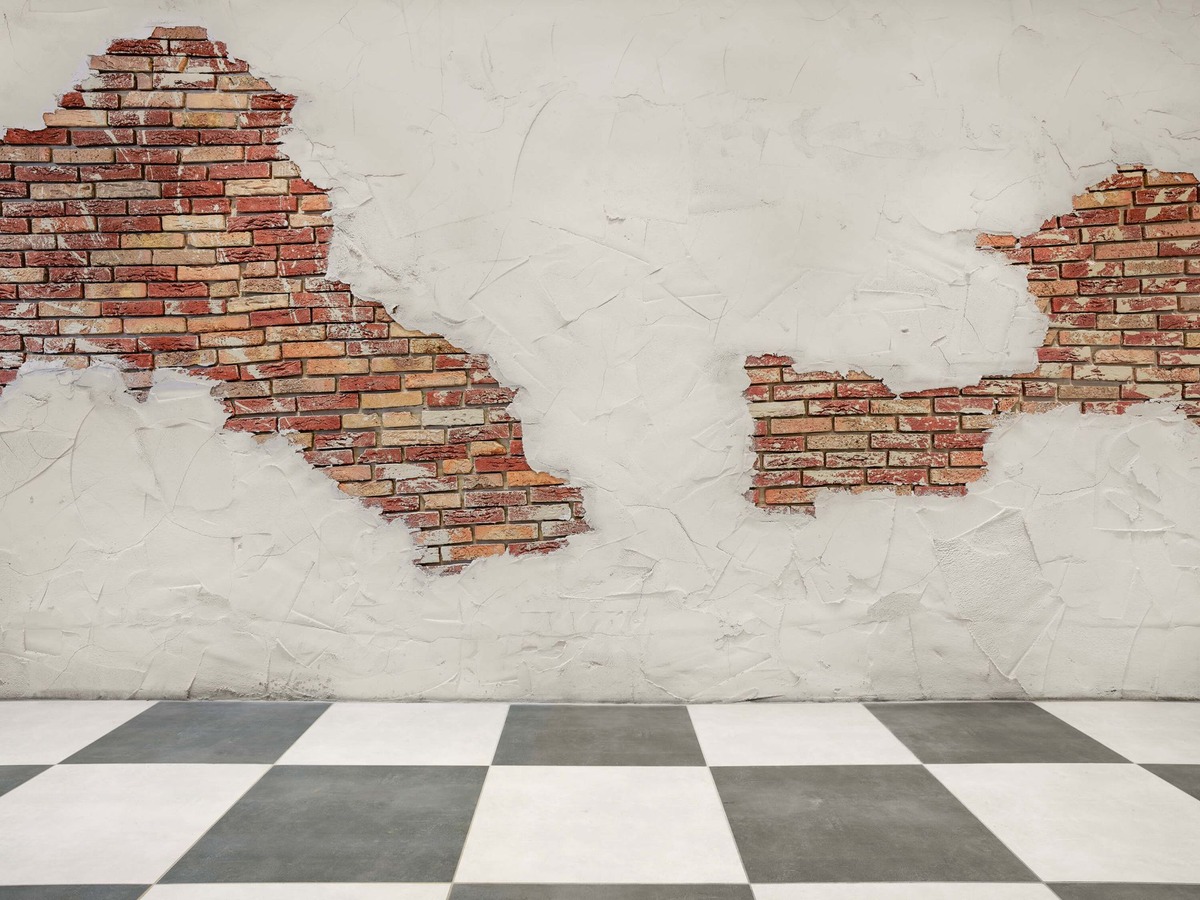
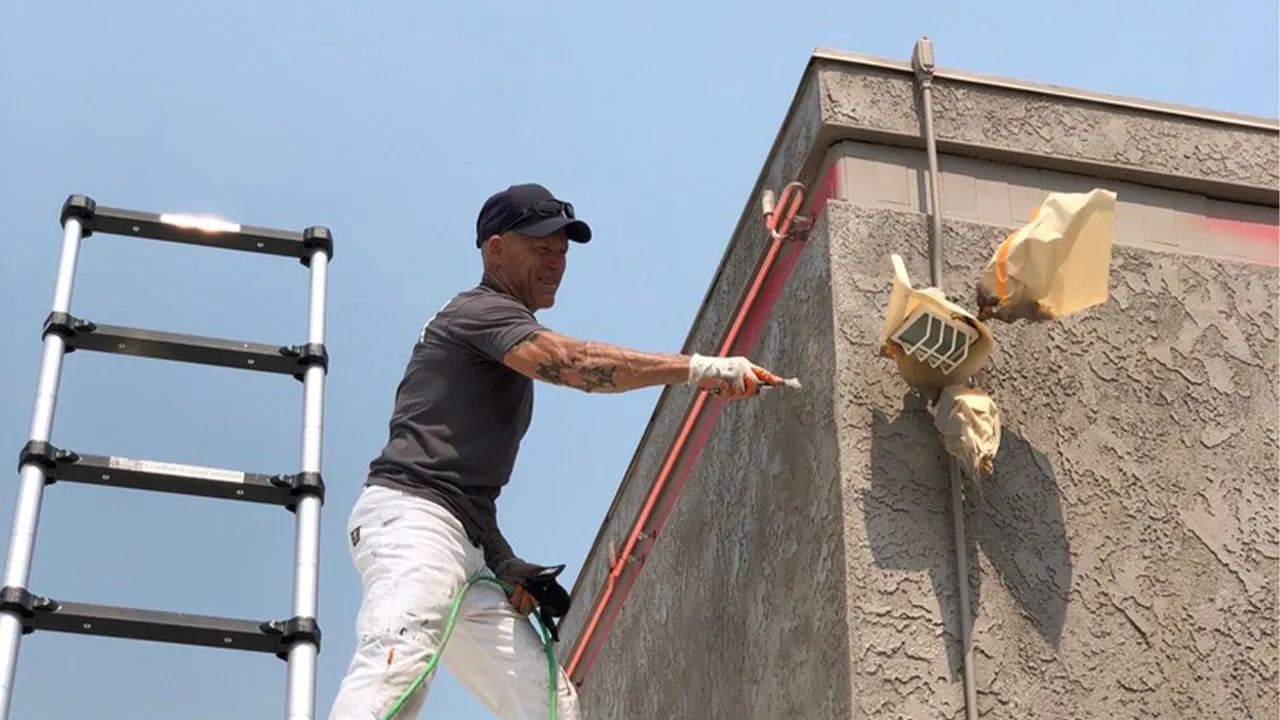
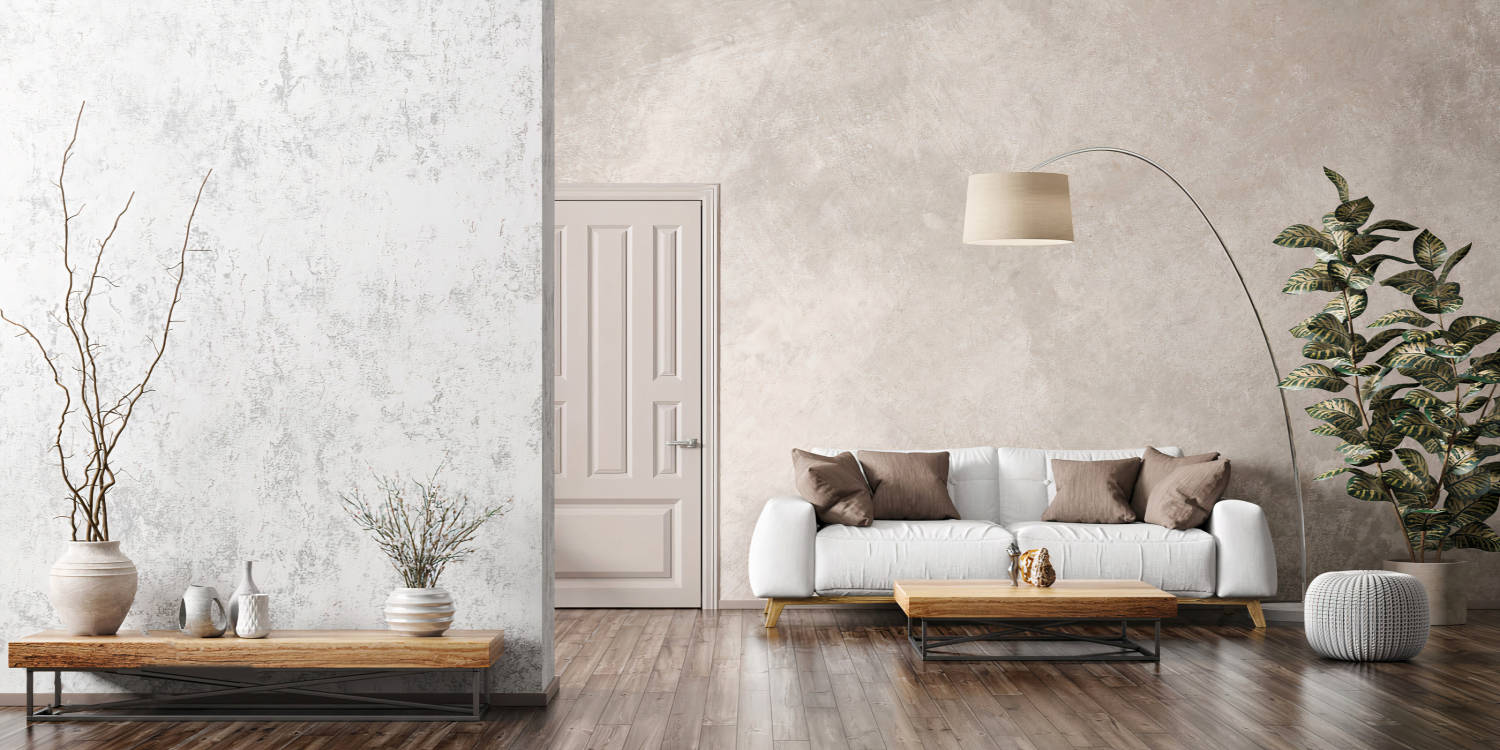
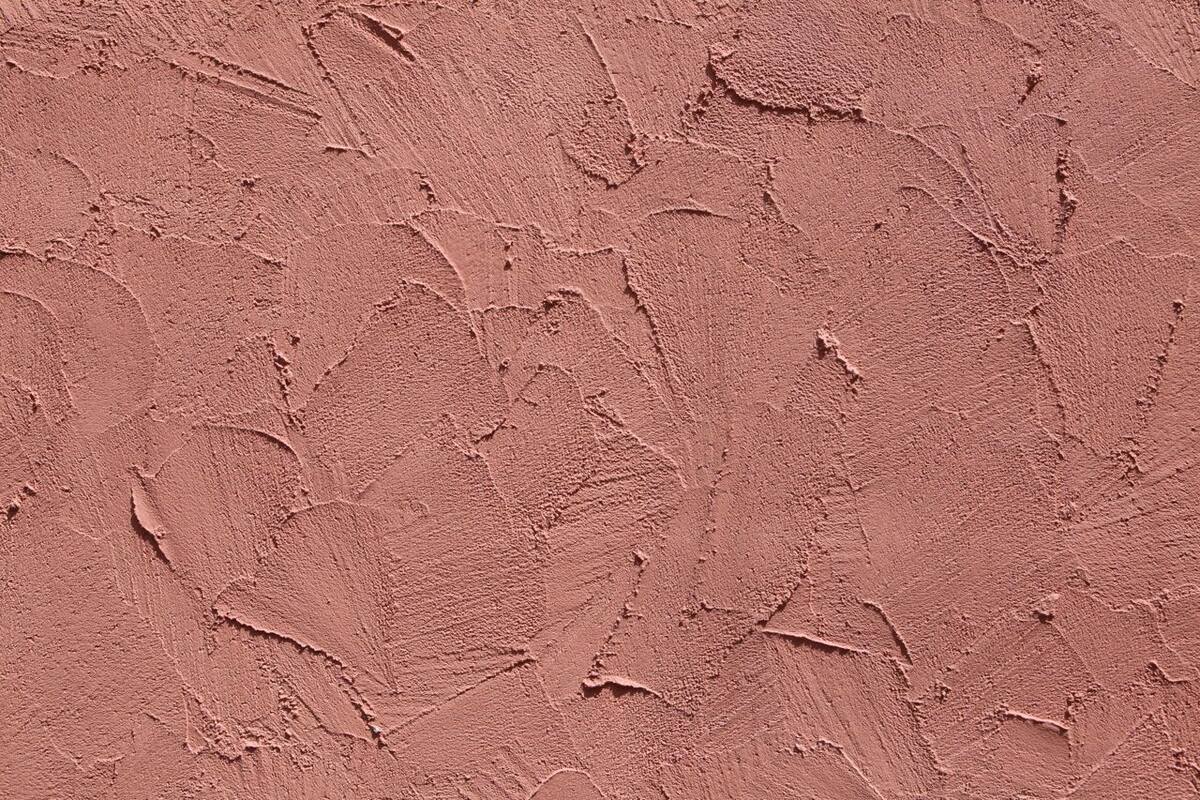
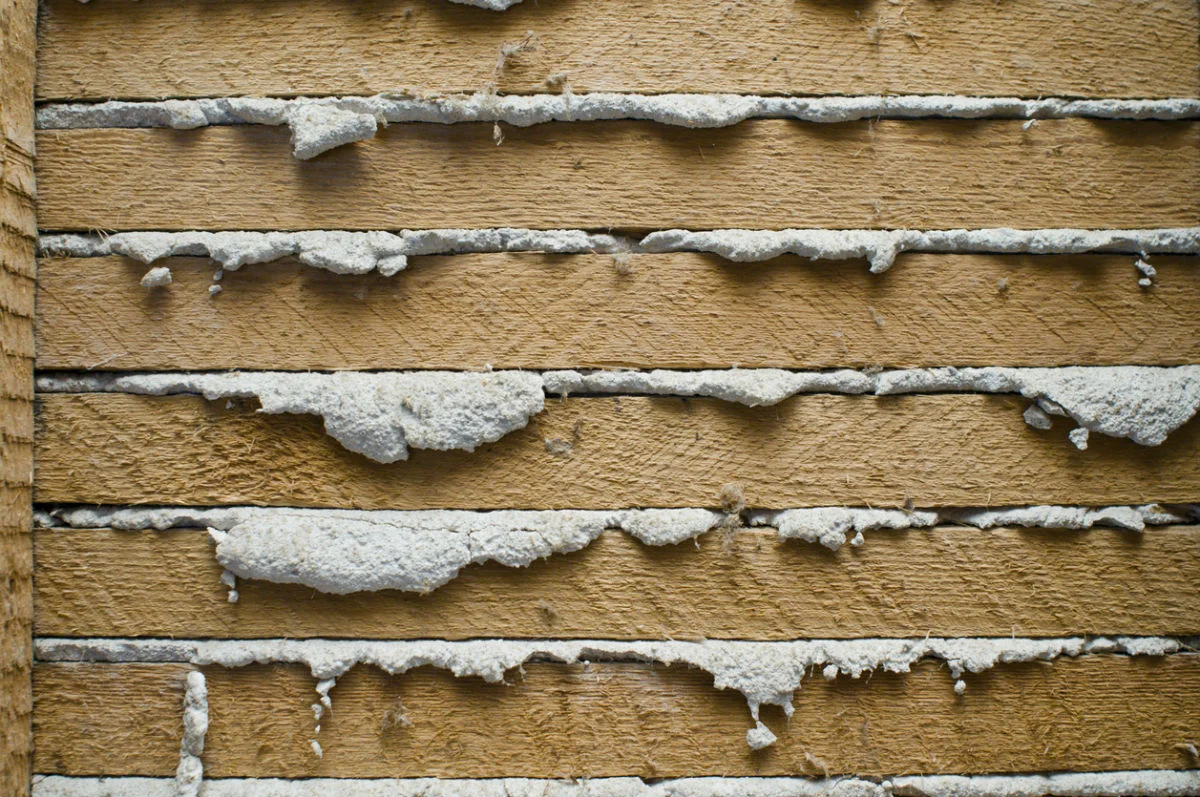
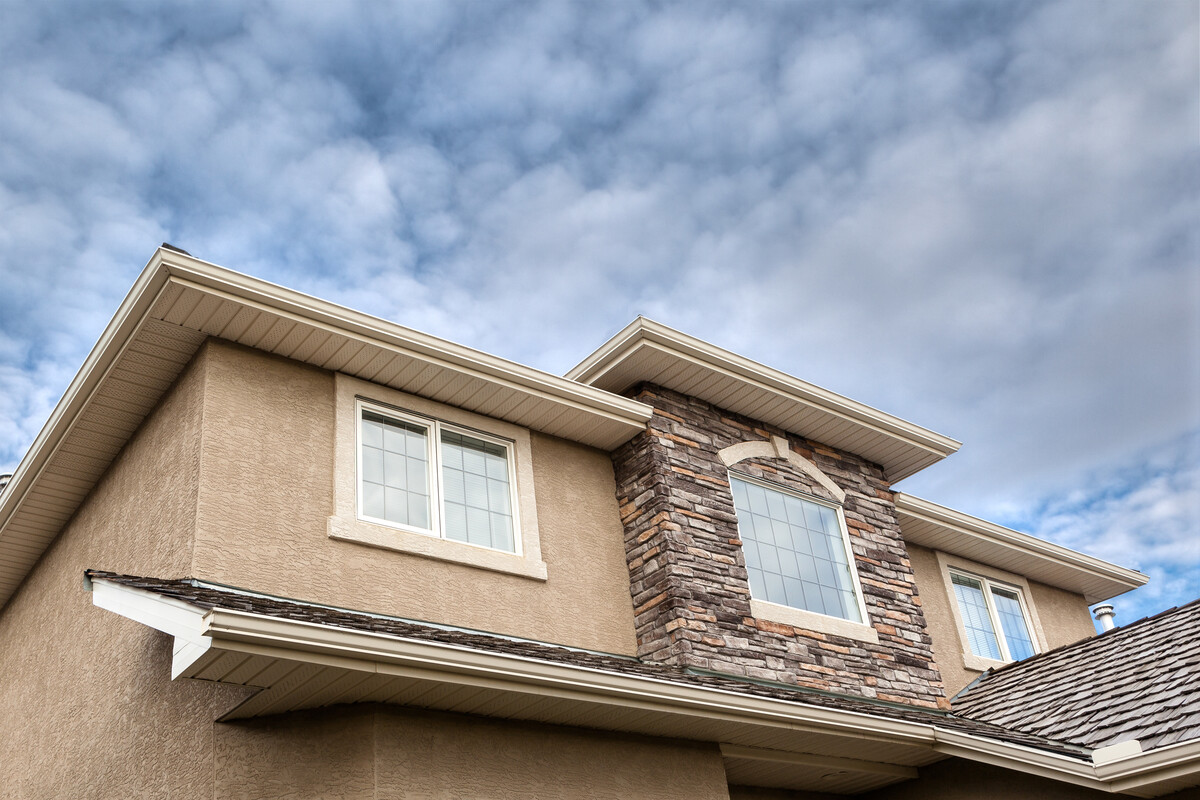
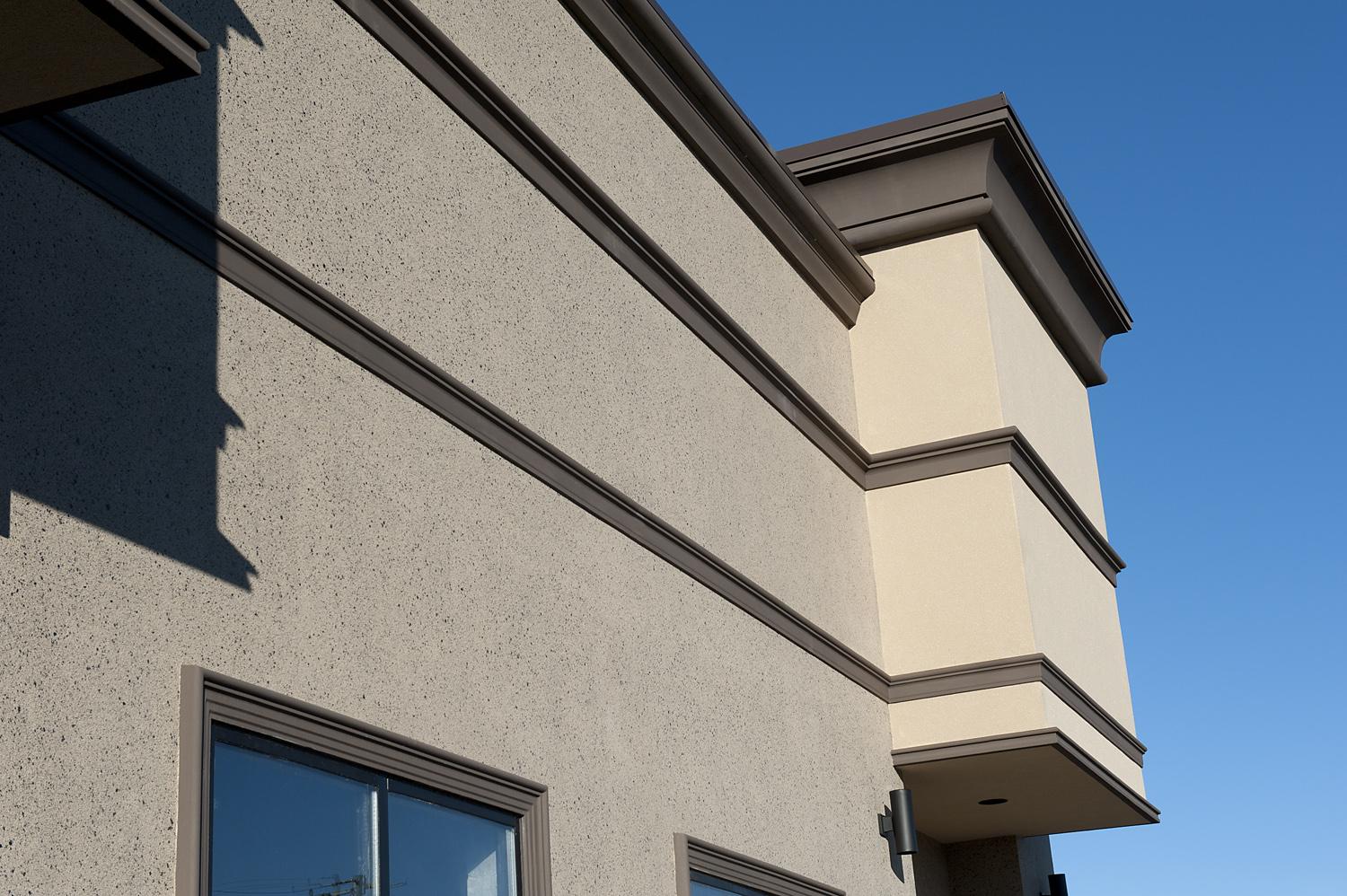
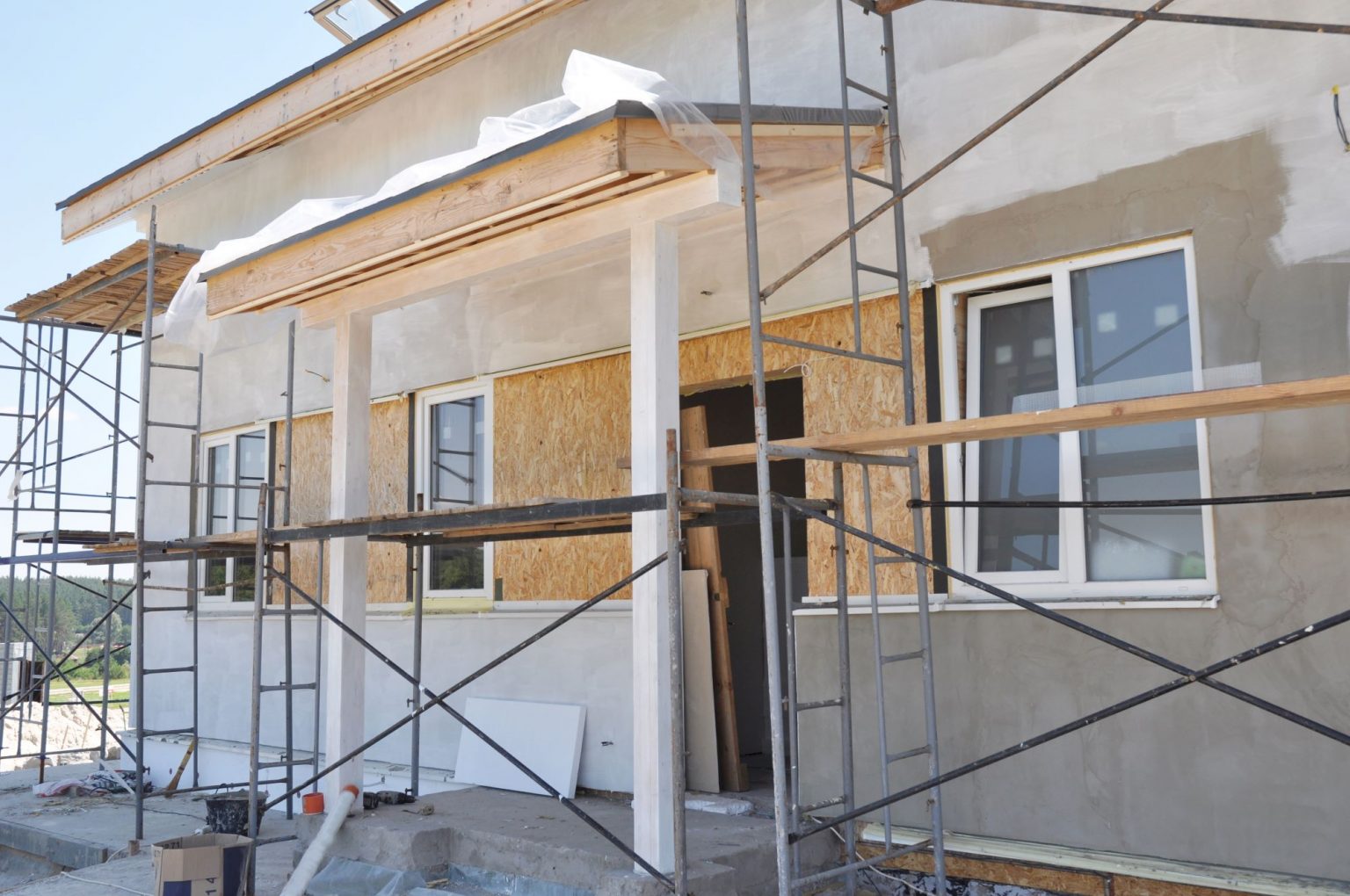
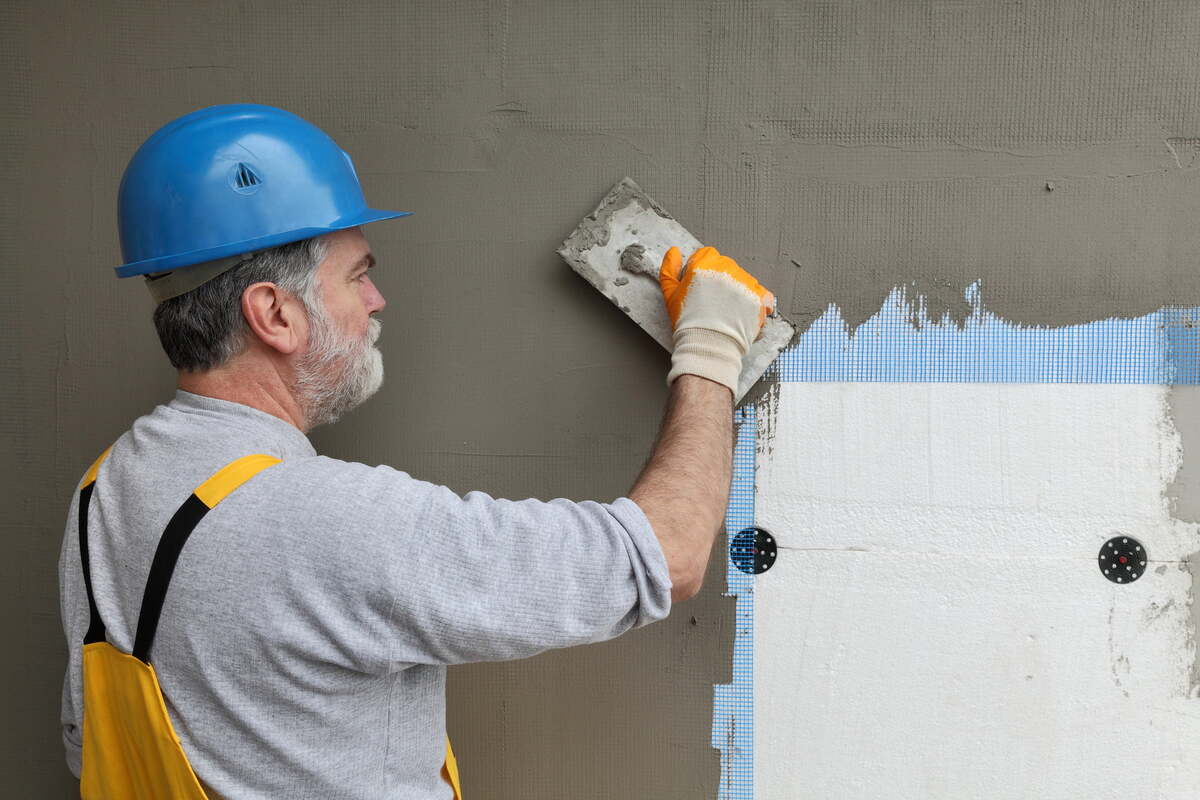
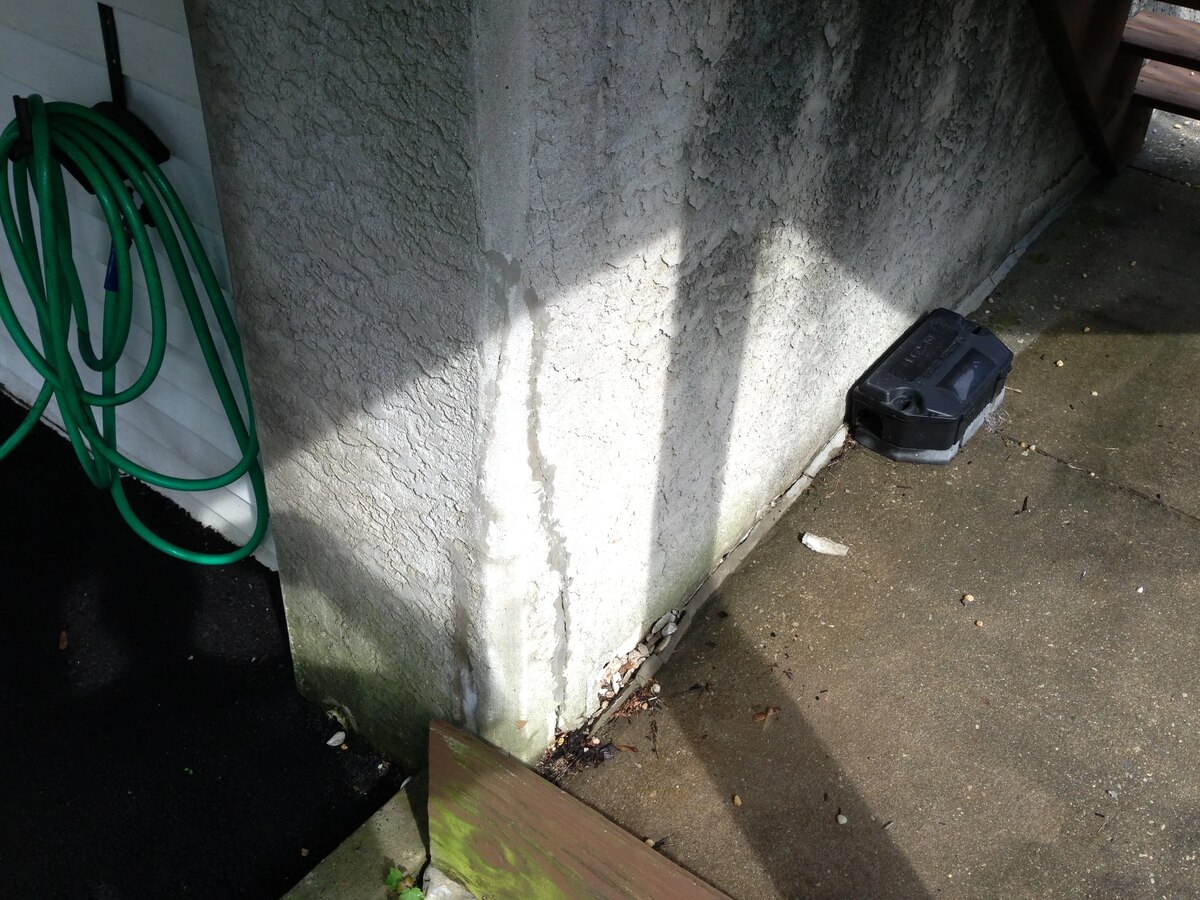
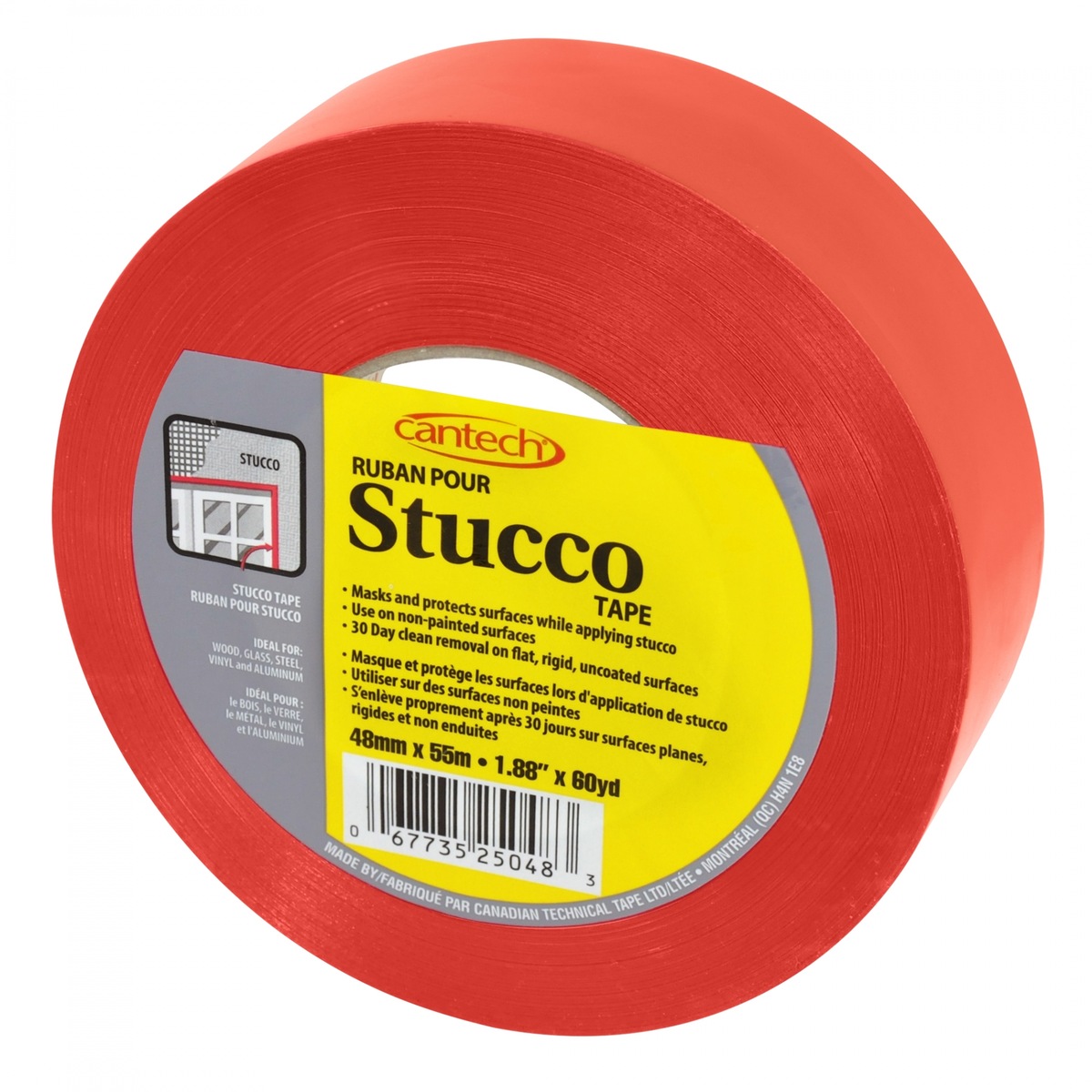
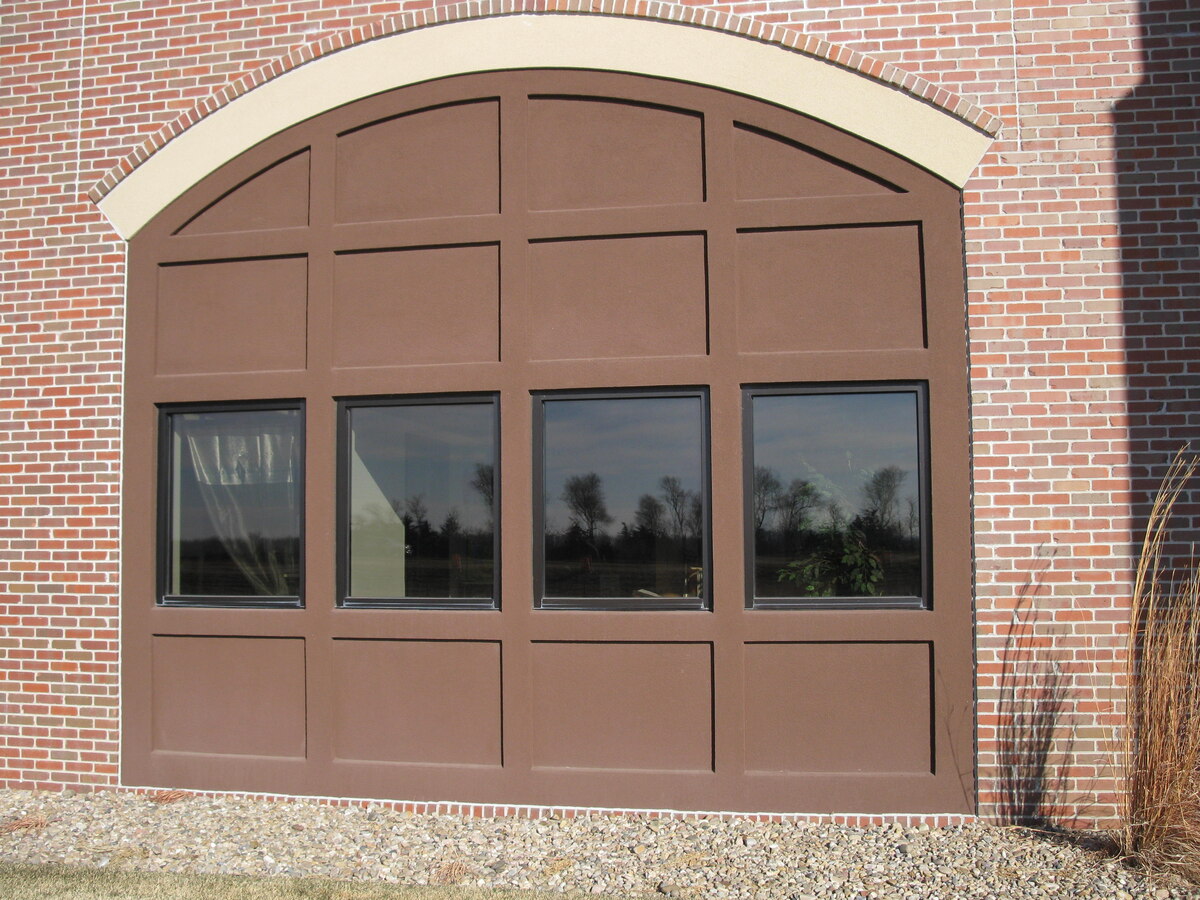
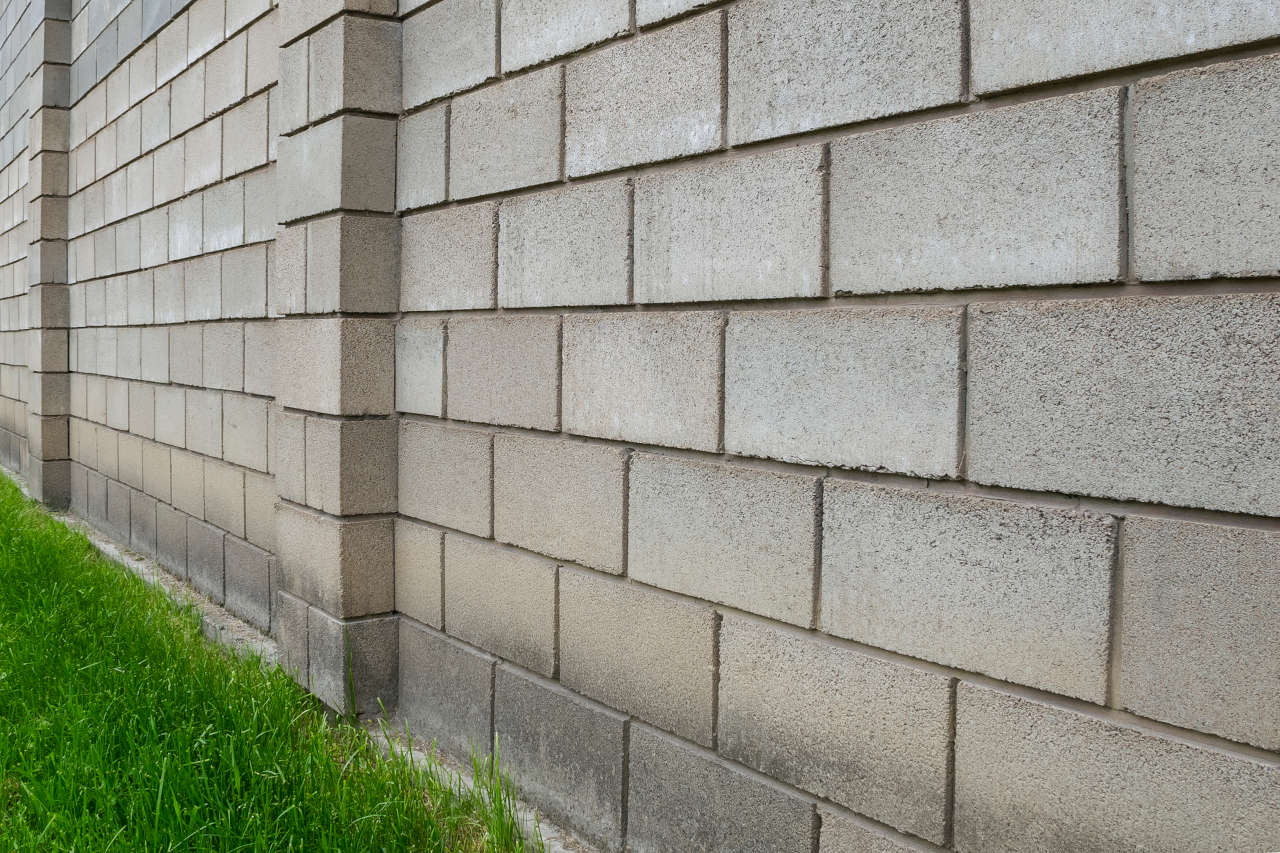
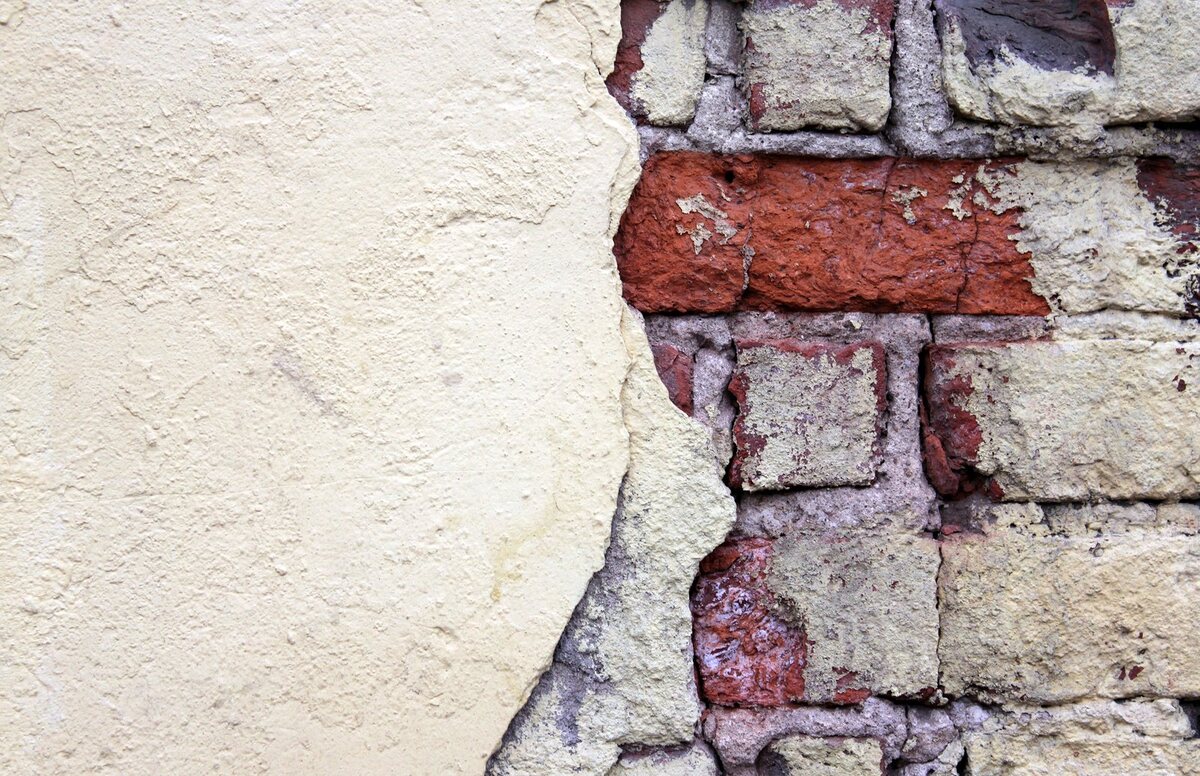

0 thoughts on “What Is A Stucco Wall”